Timeline
Exploring the history of Palm Beach’s built environment
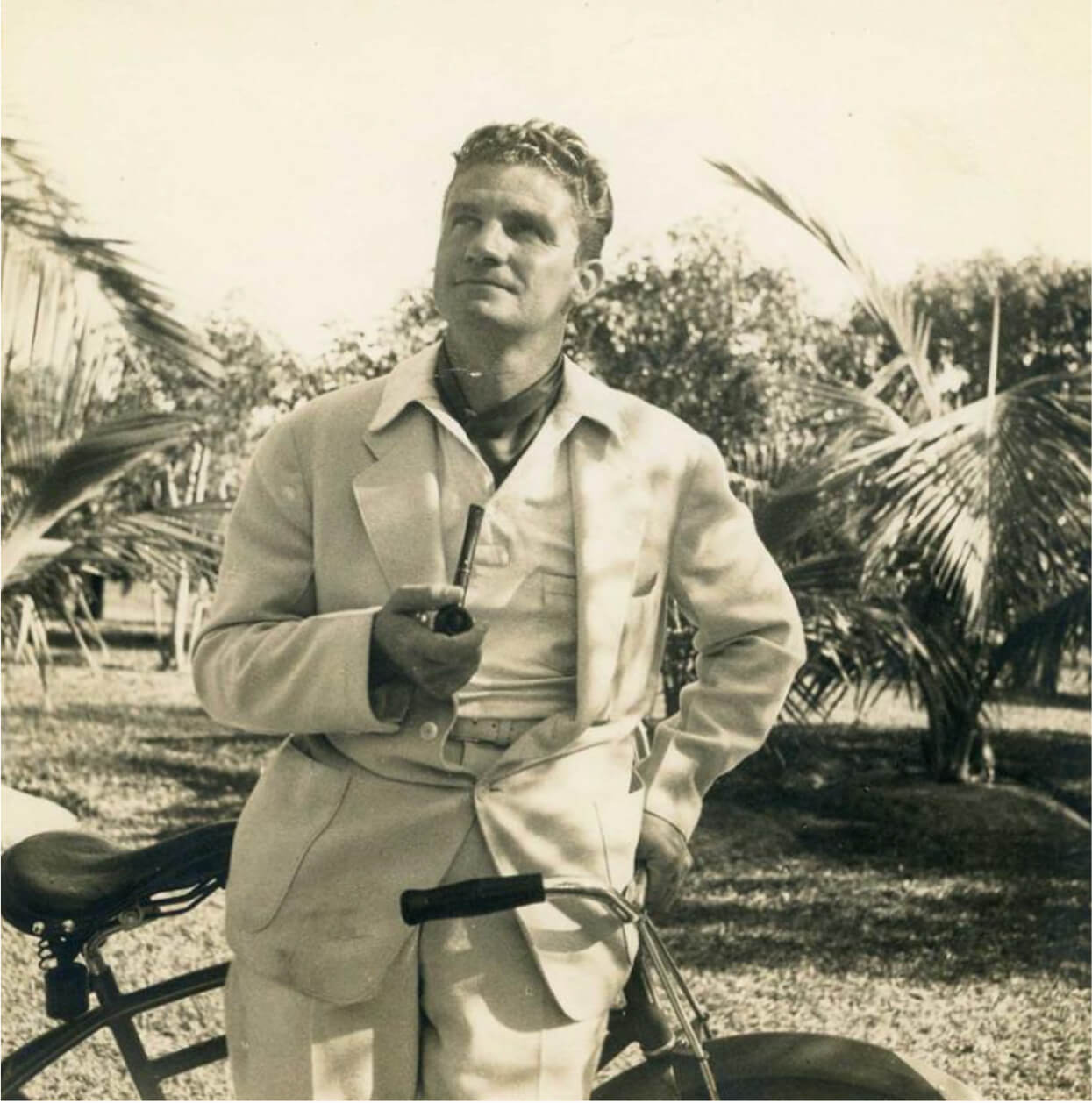
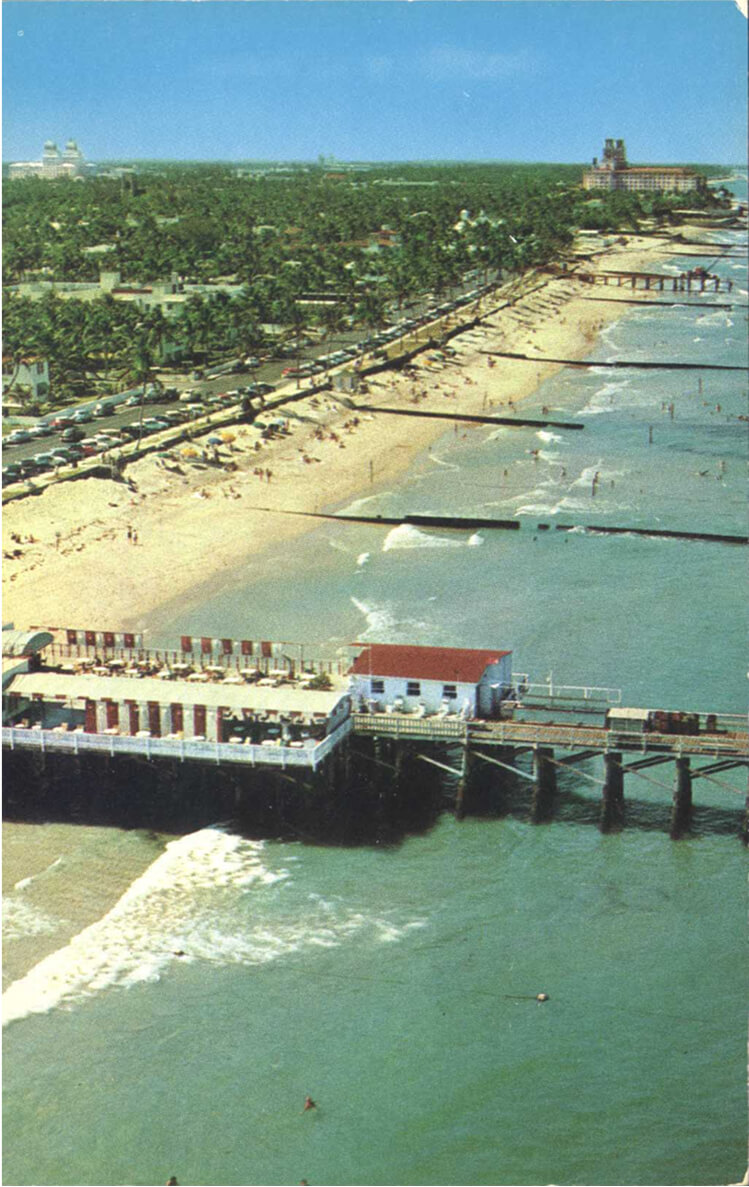


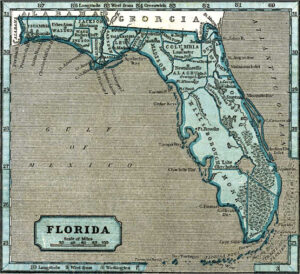
Pioneer Era
1845-1900
Pioneer Era
1845
Florida became the 27 th state in the union and is settled throughout the 1870s.
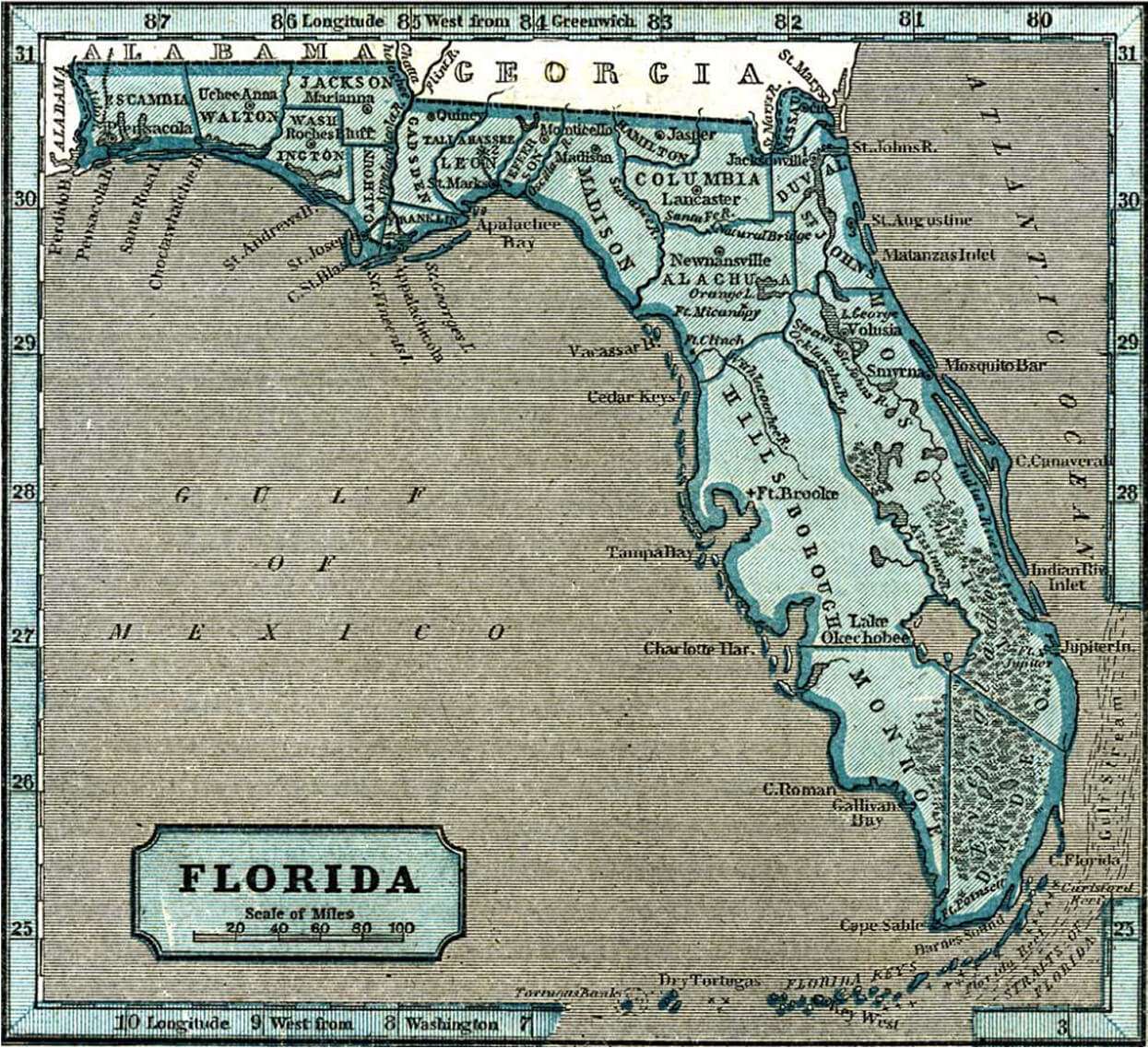
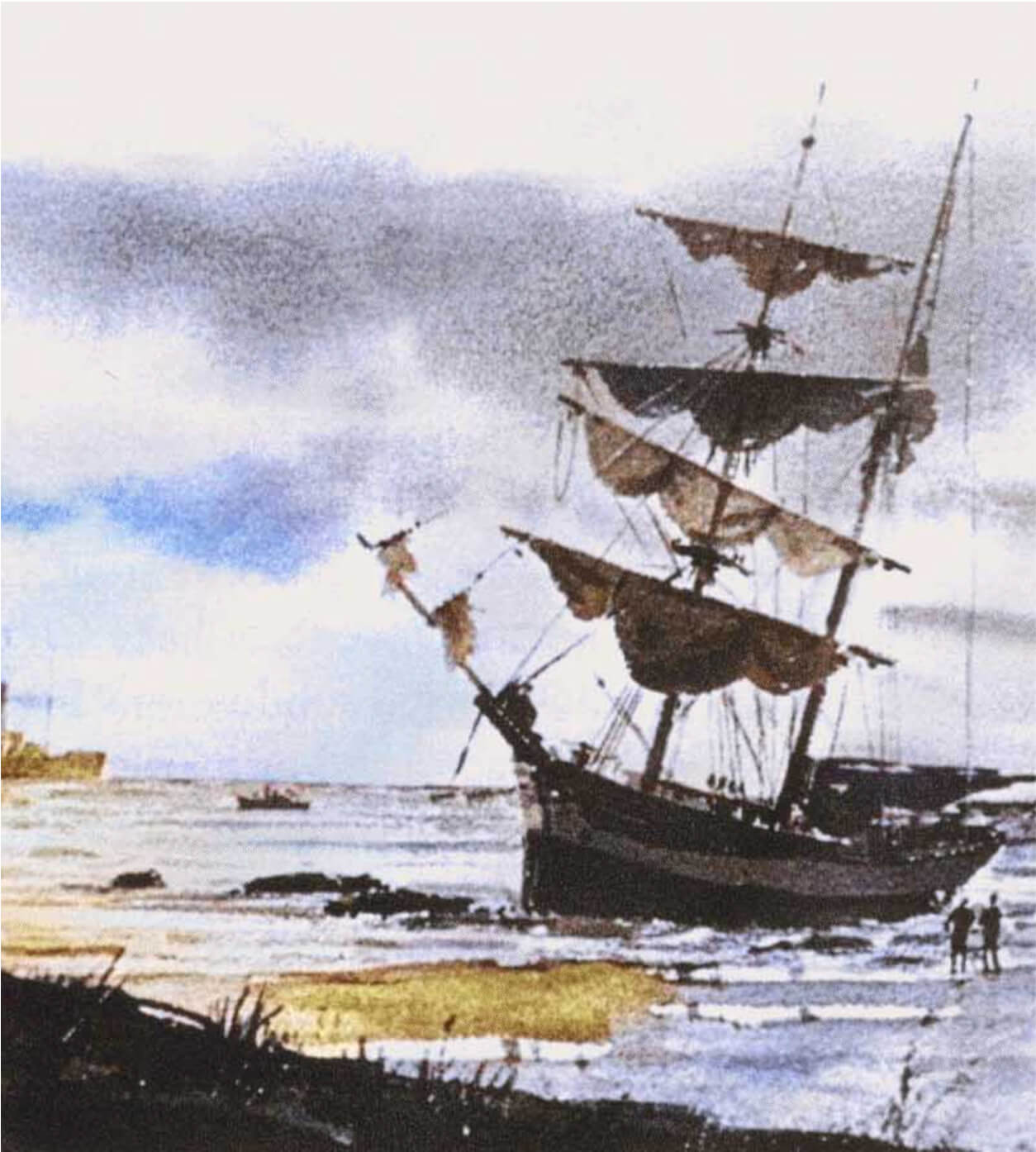
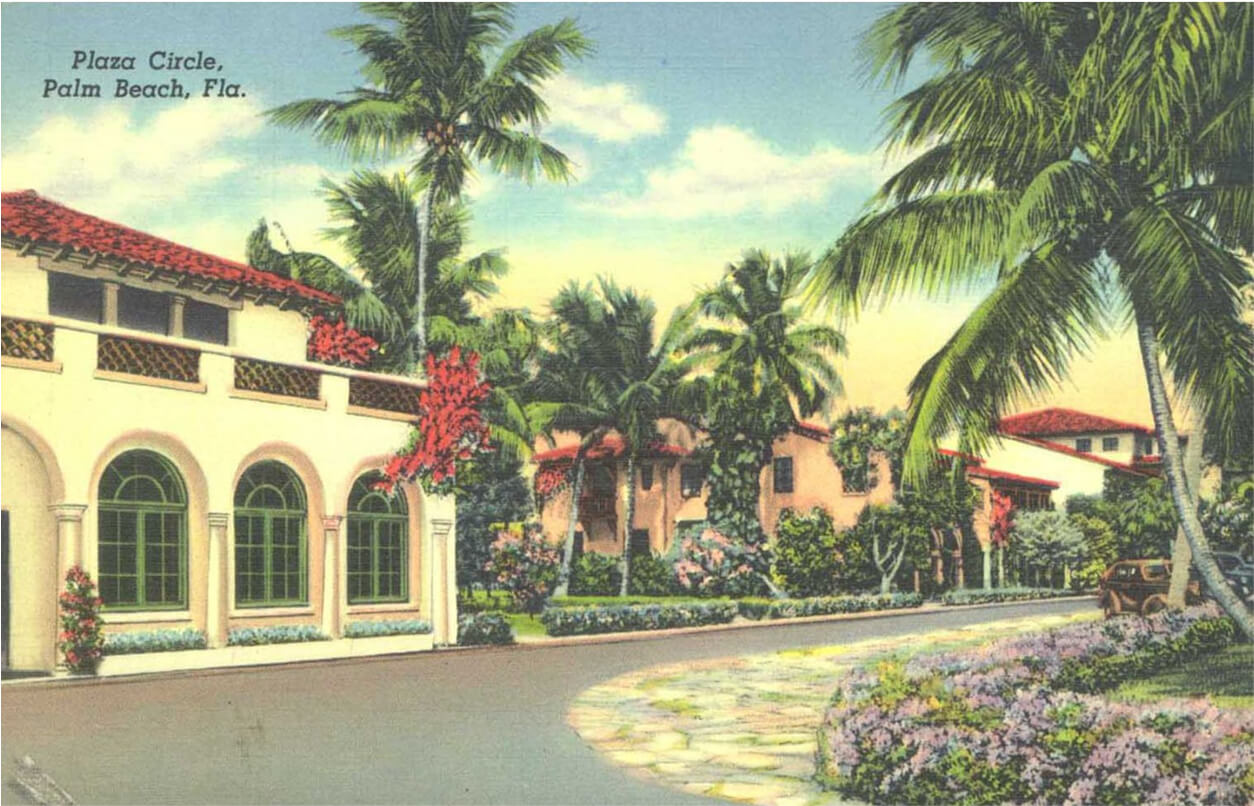
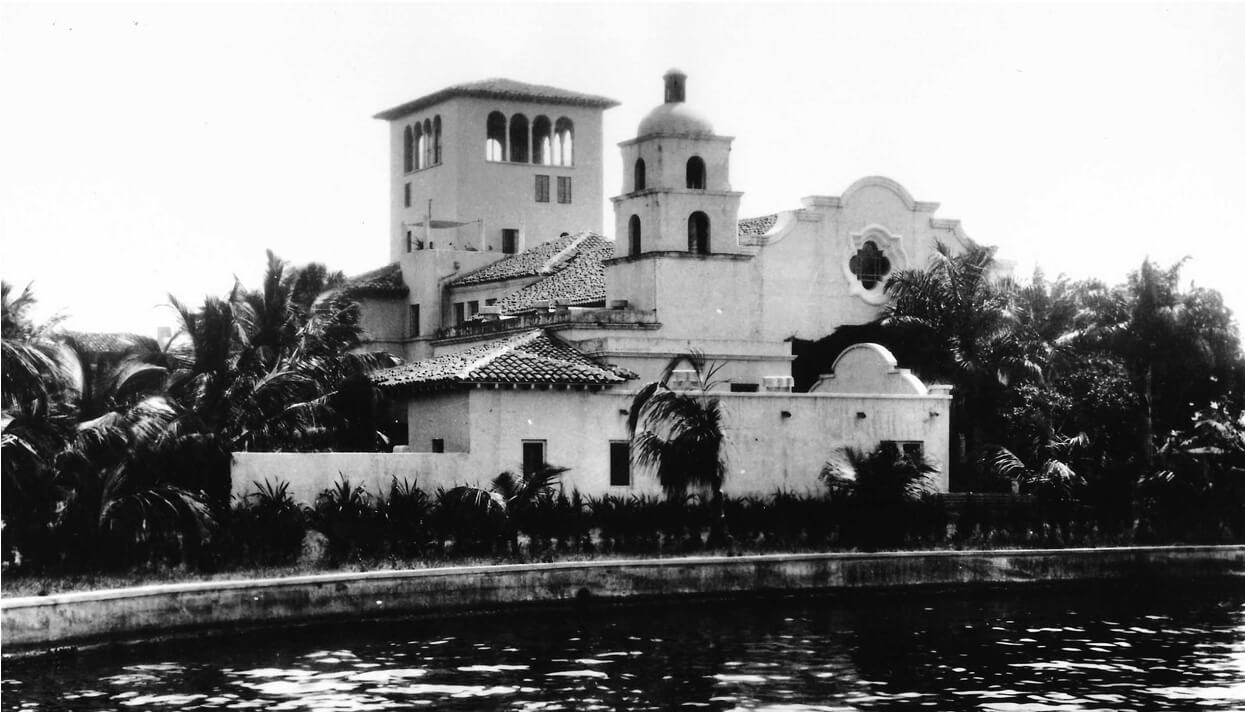

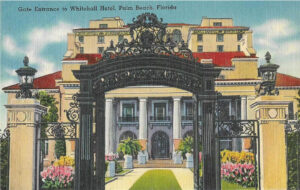
Boom & Bust
1901-1930
Boom & Bust
1901
Whitehall, Henry Flagler's home is built.
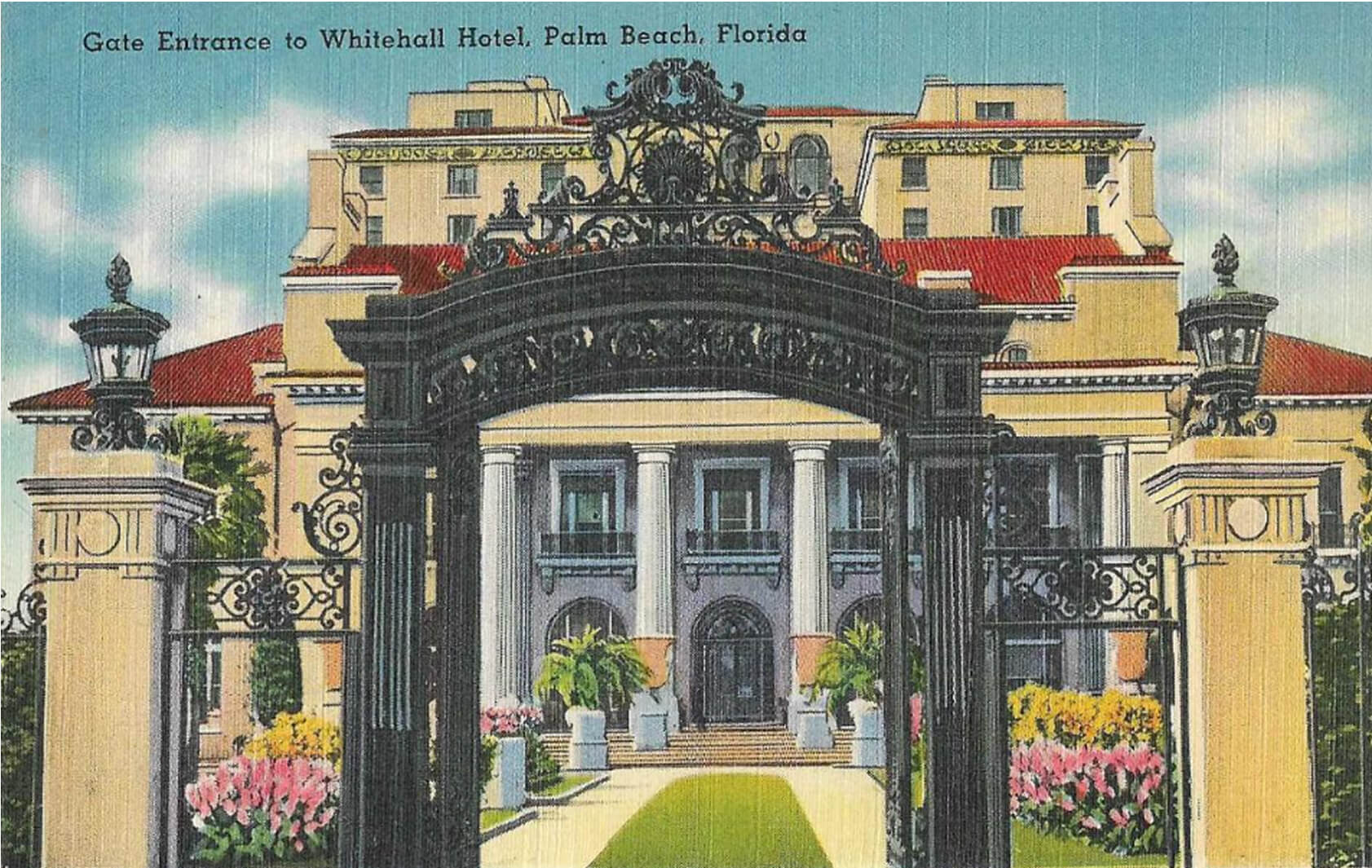
1911
The Town of Palm Beach incorporates to prevent a "land grab" by the city of West Palm Beach. The town passes its first ordinance-making it illegal to throw garbage into Lake Worth, the Atlantic Ocean, or any property in the town.

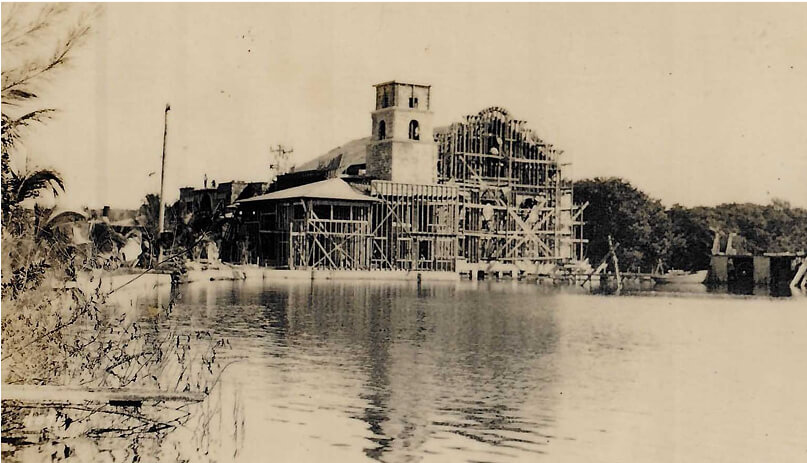
1919
The Everglades Club, designed by architect Addison Mizner opens on Worth Avenue.

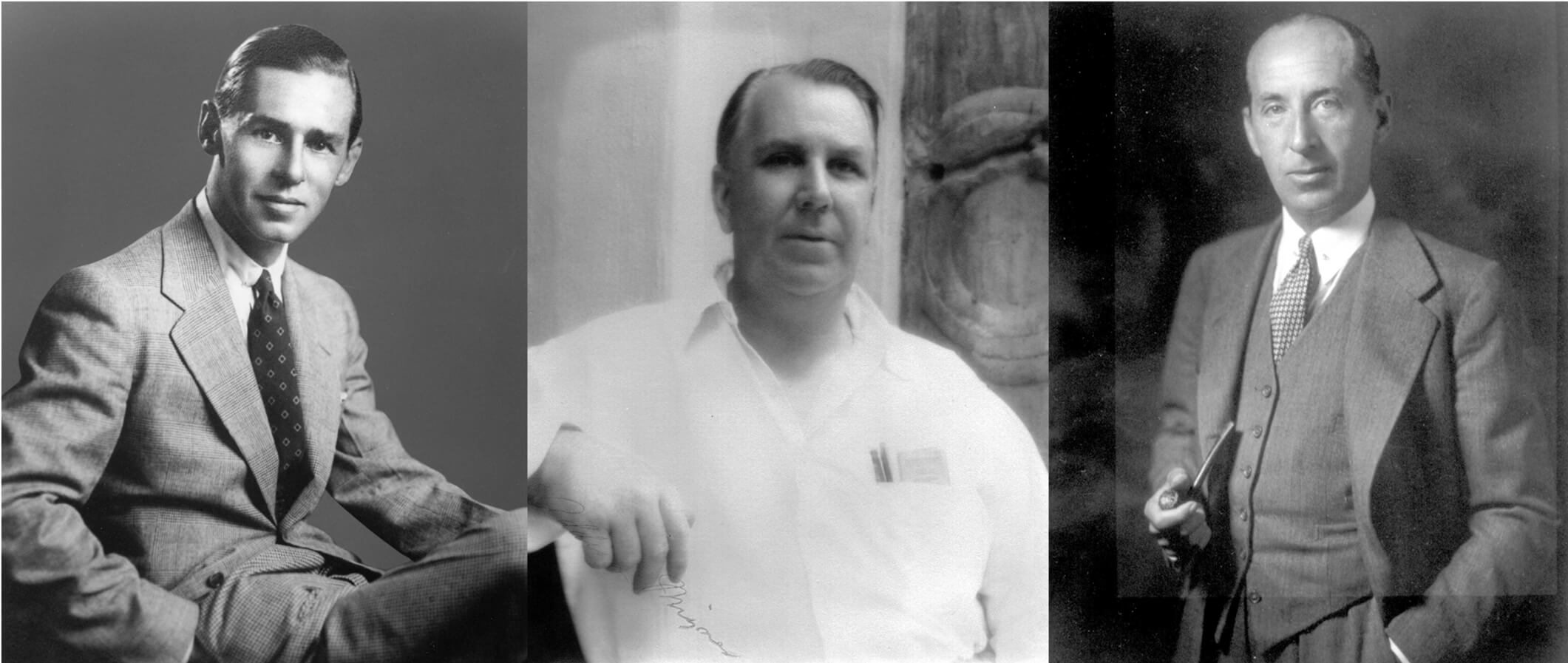

1929
1929
Town Council appoints the Art Jury to review the style and construction of all buildings in Palm Beach. The five members included: Maurice Fatio, Addison Mizner, Marion Sims Wyeth (architects), H. Halpine Smith (engineer), and Charles Perrochet (landscape architect).

The 1929 Plan of Palm Beach, prepared by the Garden Club of Palm Beach and approved by the Town Council, provides insight into how the Town made plans for its increasing population and businesses. The Plan correlated with the City Beautiful movement, one of the most important movements in American landscape architecture, it promoted the construction of public parks for improved public health and prestige. The Palm Beach Plan featured beautified streetscapes, a public bathhouse, and a botanical garden. Most of which was not built due to the Great Depression.
The Palm Beach Chamber of Commerce is adopted (previously known as the Palm Beach Business Association).
1930
Memorial Fountain, designed by Addison Mizner is completed in honor of Henry Flagler and E.N. “Cap” Dimick. Charles Perrochet served as the landscape architect.
